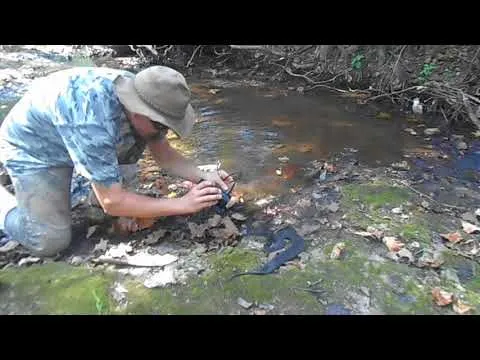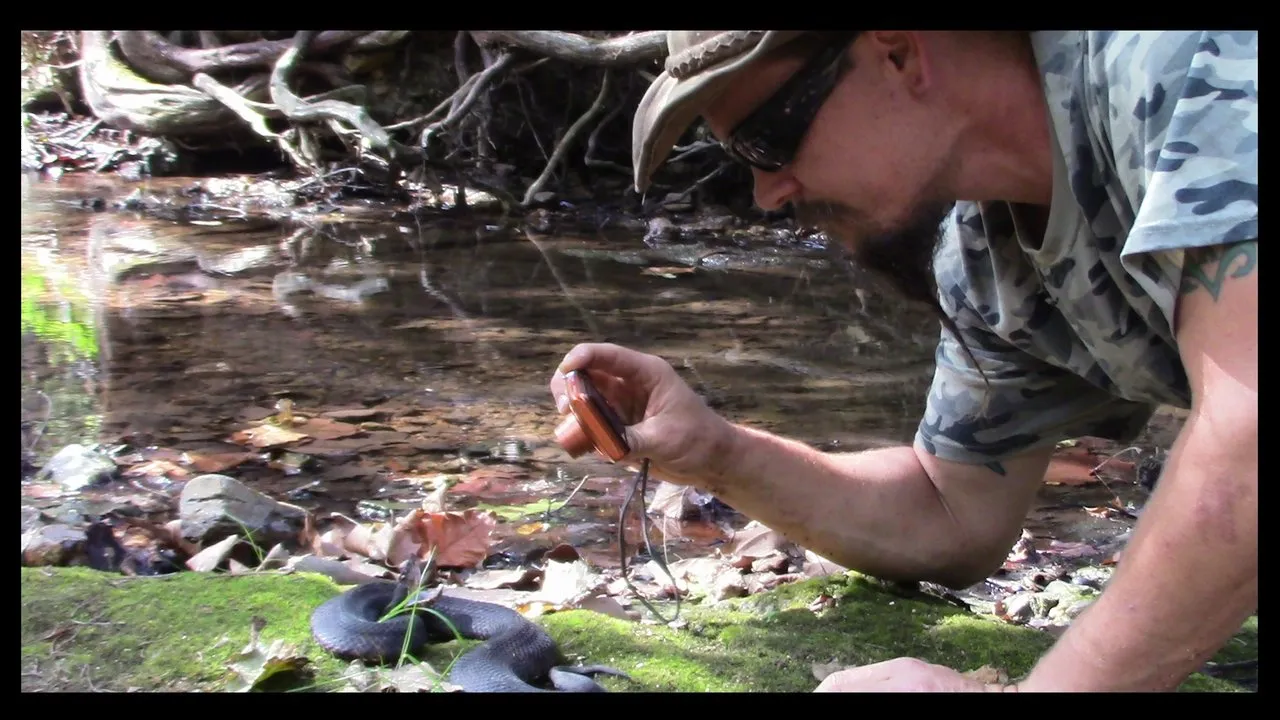
Really?
After my recent photos shoot with a Water Moccasin, I received some questions about getting such fantastic photos of a dangerous snake. Since I actually do a bit of work to make sure that I get the best photos that I can, I figured I would clue you all in and show you how I do it.
DISCLAIMER: As always, just because I do something does not mean that anyone else should. Many things that I do frequently have been considered dangerous or even dumb by others, and I am in no way attempting to encourage others to try this. I am simply showing how I take better photos of dangerous animals.

A SIMPLE HOW TO VIDEO

TIPS AND POINTERS
The basics of my photo tips fall into two categories: setting/background & distance vs. zoom. I'll deal with the setting/background first.
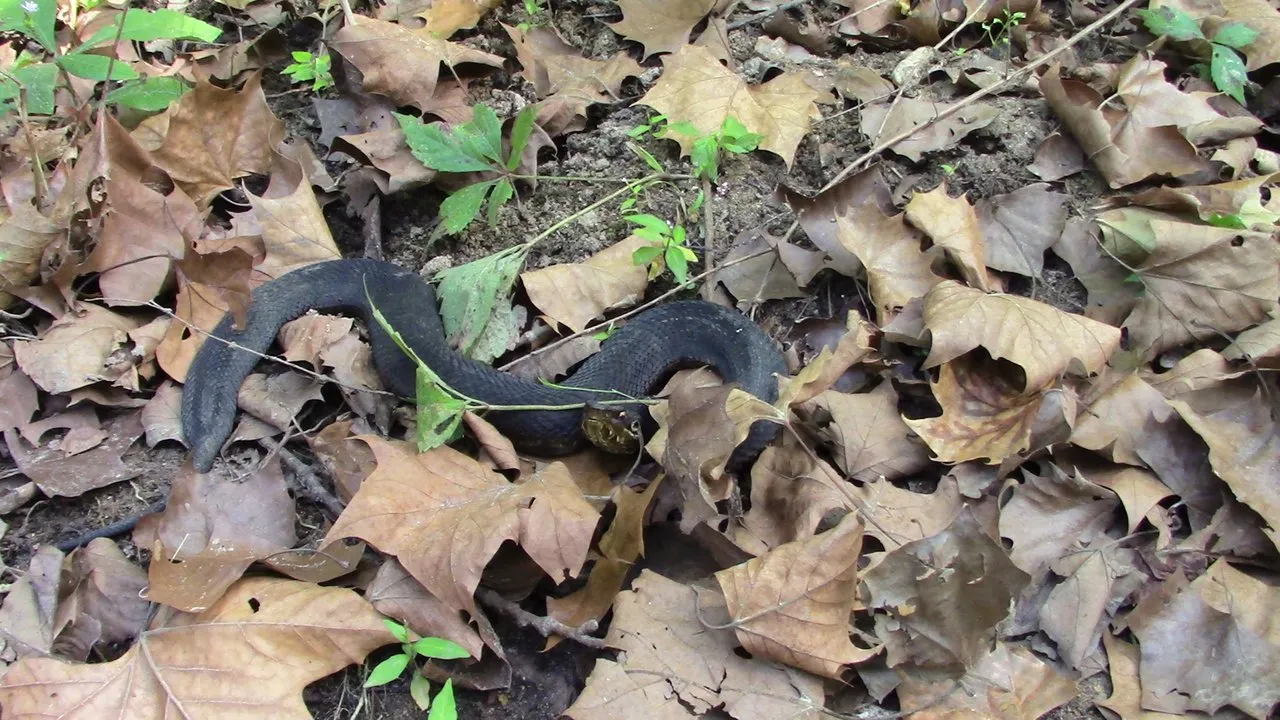
When you locate a wild animal, it may not be in the best location for a stellar photo shoot. Even with getting a closer shot, you can only improve the photo so much, because the setting/background limits the awesomeness of the photo.

In situations like this, I prefer to relocate the animal to a better setting, which enhances the background. Though this makes the photo staged because of me relocating the animal, it is still in its natural environment, so the animal does not look out of place.

Here you can see the same snake in a better location, which makes for a much better photograph.

DISTANCE VS. ZOOM

For me, even though the capabilities of technology are incredible, it still can't always produce the best results. The zoom feature on a camera is provided to give the effect of being closer to the subject being photographed. However, I believe that for the best results, actually being closer is better.
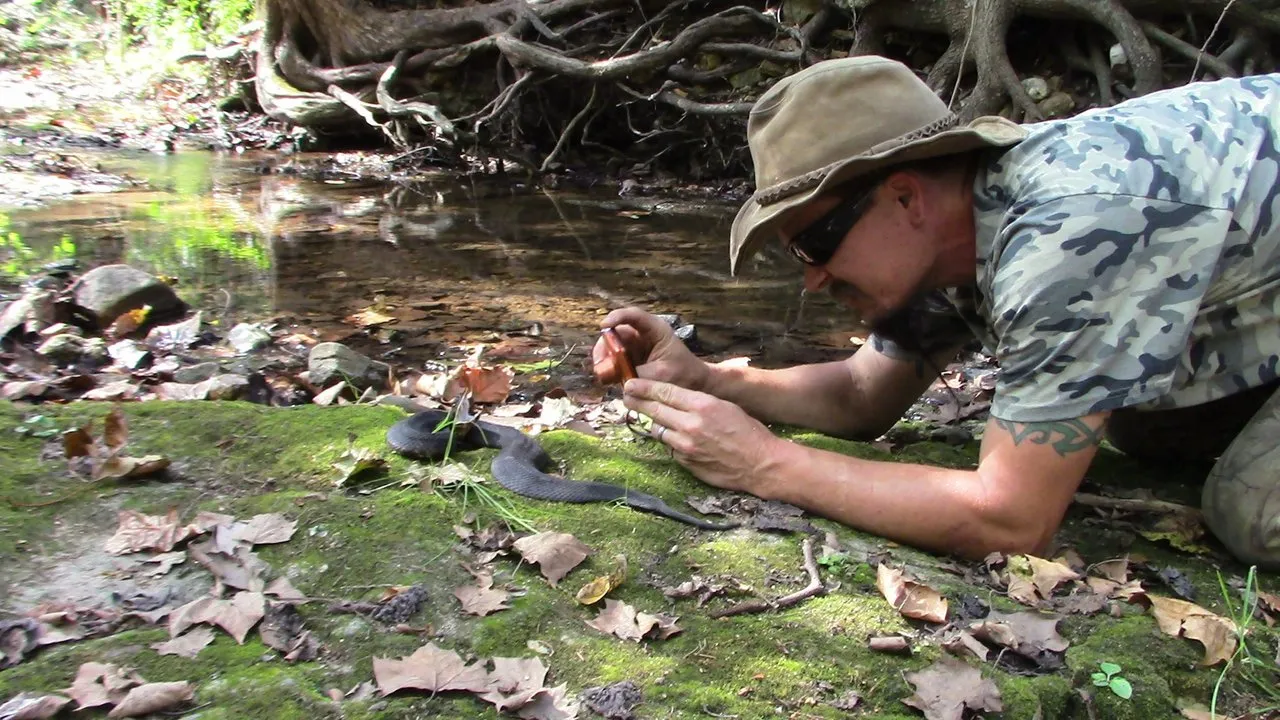
In my opinion, a photograph looks better when it was actually taken up close, rather than from far away with the camera lens adjusting the image to make it appear like it was closer. Others may have their own ideas about this, but that is how I feel about it.
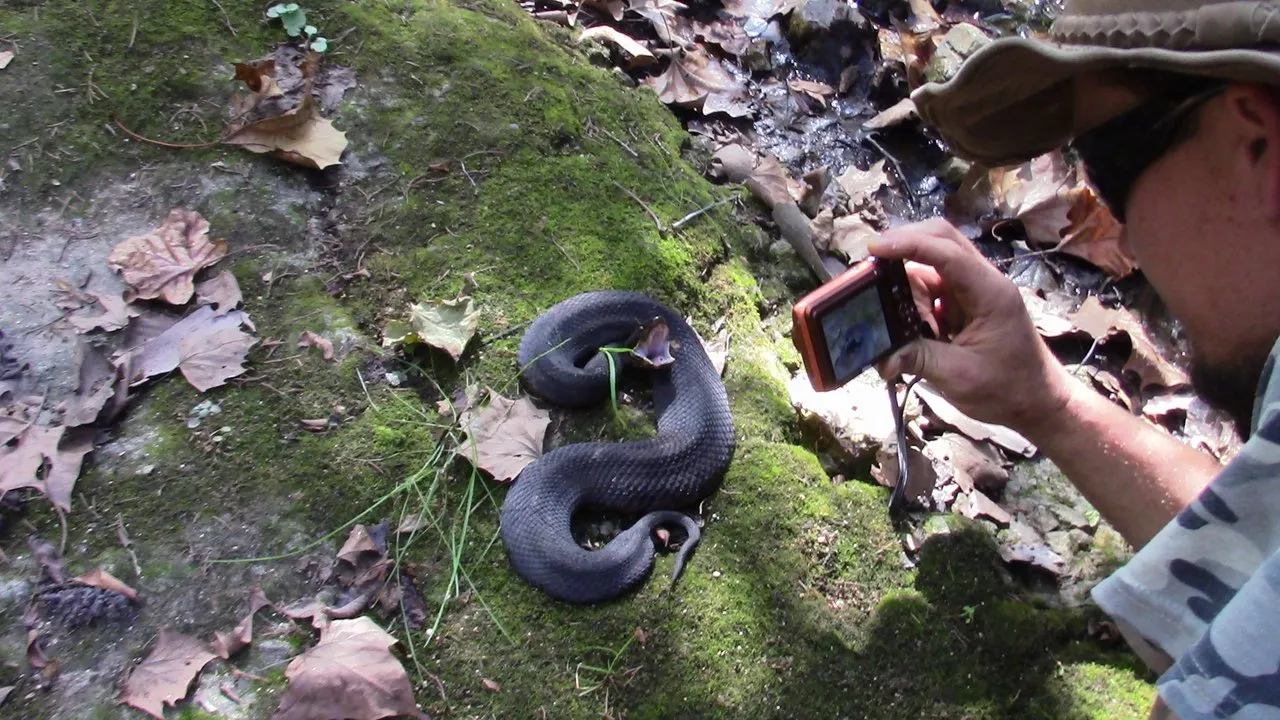
If you are able to understand exactly what is the "safe range" around a dangerous animal, then you can understand how close your camera can actually be. This will allow you to have to zoom much less, which may enhance the quality of your photographs.
Hopefully this answers the rest of those questions about how I get the photographic results that I do. I don't consider myself to be a "photographer" and if I am, I'm an amateur. However, I think that each of us have the opportunity to take some amazing photos as we live our lives, so why not make them the best that we can?

As always, I'm @papa-pepper and here's the proof:
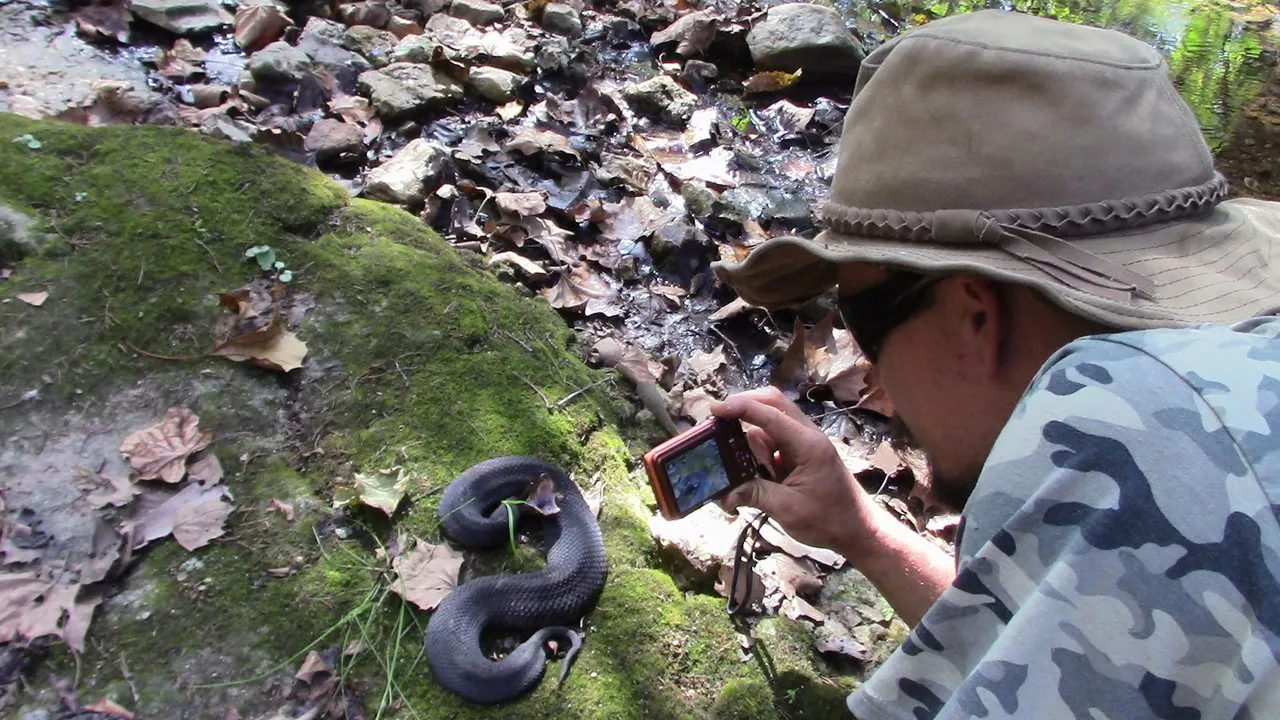
proof-of-taking-better-photographs-of-dangerous-animals
Until next time…
Don’t waste your time online, invest it with steemit.com


